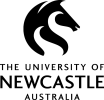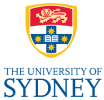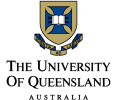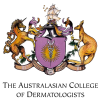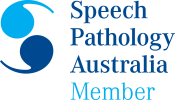What is the Rapid Syllable Transition treatment (ReST)?
ReST is an evidence-based treatment for treating individuals with Apraxia of Speech. Aparaxia of Speech is a motor speech disorder where individuals know what they want to say but have difficulty planning the movements required for speech.
The ReST treatment uses non words to allow individuals to concentrate on their movements, and remove the impact of old words which already have errors and allows clinicians to make words specifically for each individual’s needs. The nonsense words help individuals to coordinate movements across syllables in long words and phrases. ReST helps to improve the individual’s ability to say the correct sounds, with the correct beats (speech rhythm/stress/prosody) smoothly (to join all the sounds together fluently).
Does the ReST program work?
There are more than 6 treatment studies published in scientific journals where experts have reviewed the findings. All studies have shown significant improvements in the individual’s production of nonsense words and moderate-large improvements in production of everyday real words following treatment. A randomized control trial has shown the program to be effective for individuals aged 4-12 years with mild to severe childhood apraxia of speech and older children with milder ataxic dysarthria where the focus is on beats or speech rhythm (Murray, McCabe, & Ballard, 2015). An assessment is required to determine if childhood apraxia of speech or ataxic dysarthria is present and whether Rest is the best therapy option for the individual.
What does treatment entail?
Rest is conducted in intensive blocks of 12 sessions delivered either 4 days a week for 3 weeks or 2 days a week for 6 weeks. Each treatment session goes for 45-60 minutes. Therapy has also been shown to be effective via telepractice (e.g. over Skype or FaceTime) (Thomas, McCabe, Ballard, & Lincoln, 2016). At the start of the session, the clinician provides the individual with support to say the nonsense words correctly. This component is known as the training phase. Once this is achieved, the individual moves on to the practice blocks where they have a chance to practice without assistance with only right or wrong feedback given. There are usually 5 block in each session with 20 words per block (100 words per session) with 2 minute breaks between each block. This allows the individual to learn to make these movements rapidly in real speech and to transfer their skills to real words.
Contact us for results focused on speech therapy
This article was written by our Speech Pathologist Ashleigh Fattah who is a Speech Pathology Australia member. If you have questions about language activities, make an appointment. We‘ll provide you with simple and effective therapy targeted to your concerns. Contact us today.
The post What is the Rapid Syllable Transition treatment (ReST)? appeared first on ENT Wellbeing Sydney.




